What is roll forming?
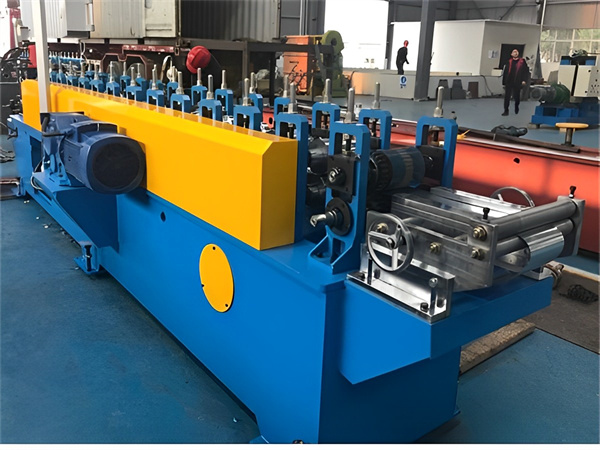
Roll forming is a metalworking process used to shape flat metal sheets into specific cross-sectional profiles. It involves passing the sheet metal through a series of rollers and tooling to gradually shape it into the desired profile. The process is used to create a wide range of products, from simple shapes such as angles and channels to more complex profiles used in the automotive, construction, and aerospace industries. Roll forming is a highly efficient and cost-effective method of producing metal parts and products, with the ability to produce large quantities of parts quickly and with consistent quality.
How does roll forming work?
Material Selection: The roll forming process typically starts with the selection of a suitable material. The most common materials used in roll forming are steel, stainless steel, and aluminum, although other materials such as copper and brass can also be used.
Coil Preparation: The selected material is then formed into a coil, which is placed on a uncoiler or coil reel. The coil is typically several hundred or thousand feet long, and is fed into the roll forming machine at a controlled rate.
Material Feeding: The coil is fed into the roll forming machine, where it passes through a series of rollers and tooling that shape the material into the desired profile. The rollers are positioned in a specific sequence, with each one performing a specific bending or forming action.
Pre-Cutting: In some cases, the material may need to be cut to a specific length before it enters the roll forming machine. Pre-cutting can be done with a flying die, which cuts the material as it’s fed into the machine.
Roll Forming: The material then passes through a series of rollers, each of which gradually shapes the material into the desired cross-sectional profile. The rollers are positioned in a specific sequence, with each one performing a specific bending or forming action.
Welding (Optional): In some cases, the roll formed part may need to be welded in order to create a continuous profile. This can be done using a variety of welding methods, such as MIG, TIG, or laser welding.
Cutting to Length: Once the material has been fully formed, it may need to be cut to a specific length. This can be done using a cut-off die or shear, which cuts the material to the desired length as it exits the machine.
Finishing: The finished part may then undergo various finishing processes, such as painting, powder coating, or anodizing, in order to improve its appearance and durability.
Packaging and Shipping: The finished parts are then packaged and shipped to the customer or downstream manufacturer.
Overall, the roll forming process is a highly efficient and cost-effective method of producing metal parts and products, with the ability to produce large quantities of parts quickly and with consistent quality.
What is a roll forming die?
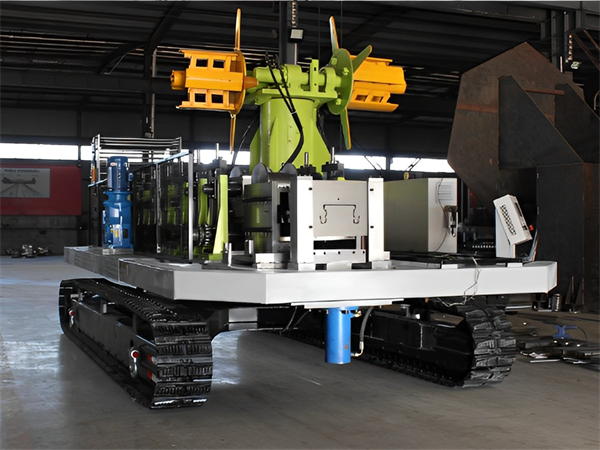

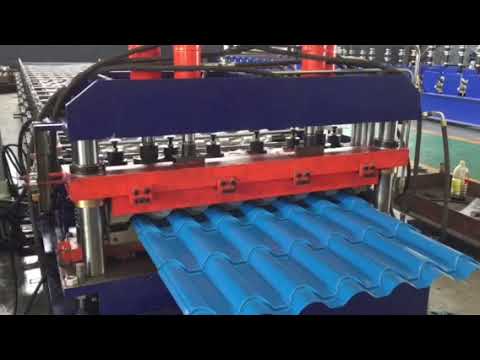
The roll forming die is a critical component of the roll forming process, as it determines the final shape of the profile and plays a key role in ensuring consistent and precise shaping of the metal sheet. A roll forming die is a set of rollers and tooling designed to shape the metal sheet into the desired cross-sectional profile. The die typically consists of a series of rolls, each with a specific contour or shape, that gradually bend and form the metal sheet into the desired profile. The rollers are positioned in a specific sequence, with each one performing a specific bending or forming action.
The design of the roll forming die is critical to the success of the roll forming process. The die must be designed to accommodate the specific properties of the material being formed, such as its thickness, strength, and ductility. The design must also take into account the desired shape and tolerances of the final profile, as well as any additional features or requirements, such as holes or notches.
Overall, the roll forming die is an essential component of the roll forming process, and its design and performance can have a significant impact on the quality and consistency of the finished product. A well-designed and well-maintained roll forming die can help ensure that the final profile meets the desired specifications and performs as intended.
Why is the roll forming die important?
-
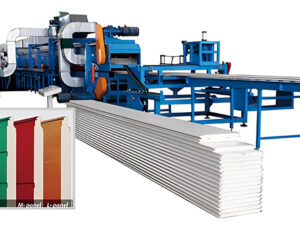 Garage door panel roll forming machine
Garage door panel roll forming machine -
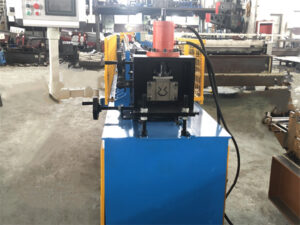 V Strut Roll Forming Machine
V Strut Roll Forming Machine -
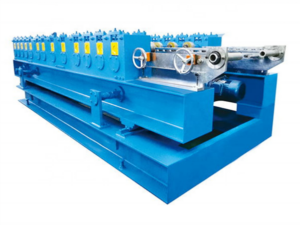 Shutters Box Series Forming Machines
Shutters Box Series Forming Machines -
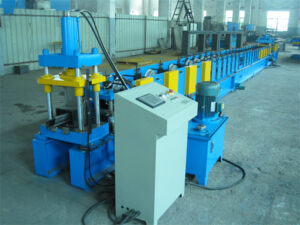 Metal door frame roll forming machine Double rebate
Metal door frame roll forming machine Double rebate -
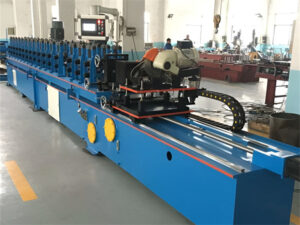 Shutter door octagonal pipe roll forming machine
Shutter door octagonal pipe roll forming machine -
 Windows & Doors Pu Foam Insulated Shutters Slat Roll Forming Machine
Windows & Doors Pu Foam Insulated Shutters Slat Roll Forming Machine -
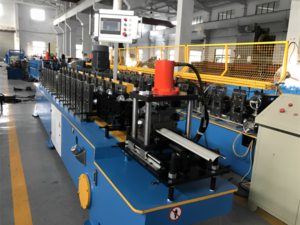 Metal Rolling Up shutter door roll forming machine
Metal Rolling Up shutter door roll forming machine -
 Ligh Steel keel roll forming machine
Ligh Steel keel roll forming machine -
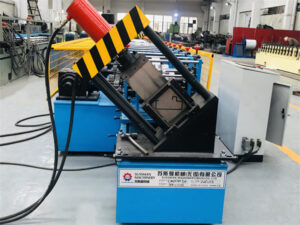 3mm Thickness Container House Cross Top Beam Roll Forming Machine
3mm Thickness Container House Cross Top Beam Roll Forming Machine
The roll forming die plays a crucial role in ensuring that the metal sheet is shaped into the desired profile with precision and consistency. The die determines the final shape of the profile and its design can have a significant impact on the quality of the finished product.
The roll forming die consists of a set of rollers and tooling designed to shape the metal sheet into the desired cross-sectional profile. The rollers are positioned in a specific sequence, with each one performing a specific bending or forming action. The design of the die must take into account the specific properties of the material being formed, as well as the desired shape and tolerances of the final profile.
The roll forming die is designed to provide consistent and precise shaping of the metal sheet. The die helps ensure that the material is formed with a consistent cross-section, regardless of variations in the thickness or other properties of the sheet. This consistency is important for ensuring that the final product meets the required specifications and performs as intended.
The design of the roll forming die can also impact the quality of the finished product. A well-designed die can help minimize defects such as wrinkling, twisting, or buckling in the material, while a poorly designed die can result in defects that can compromise the performance or appearance of the final product.
In summary, the roll forming die is a critical component of the roll forming process, and its design and performance can have a significant impact on the quality and consistency of the finished product. A well-designed and well-maintained roll forming die can help ensure that the final profile meets the desired specifications and performs as intended.
Benefits of high-quality roll forming dies
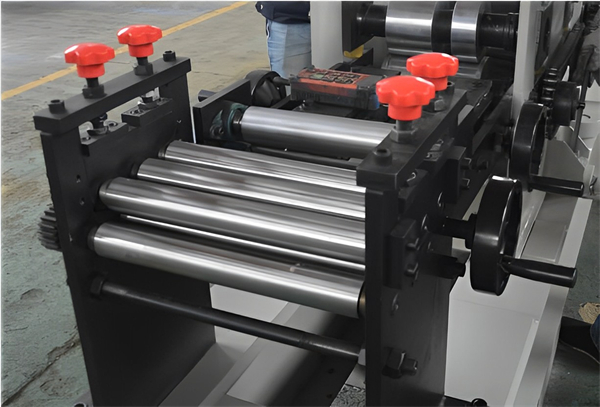
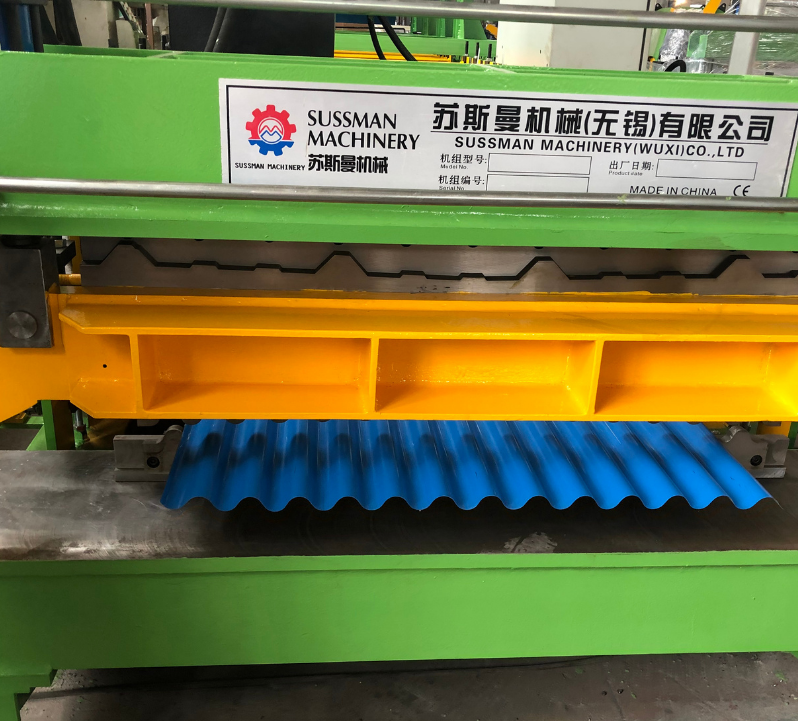
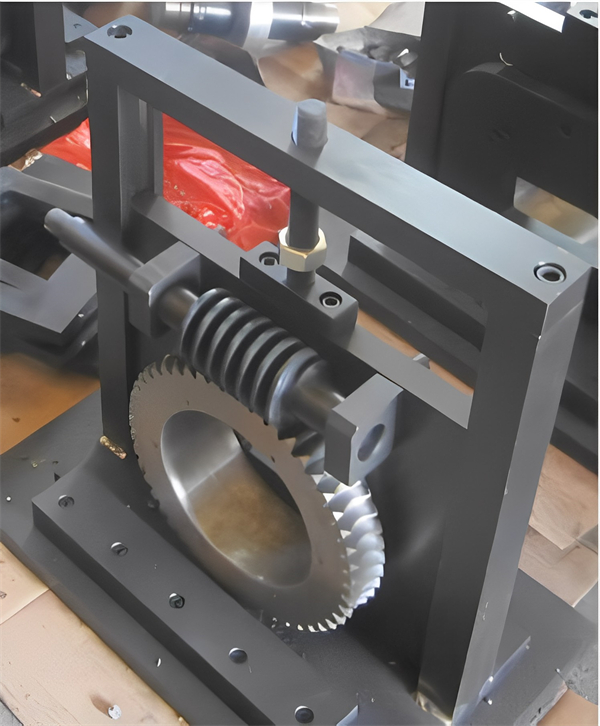
Investing in high-quality roll forming dies can offer numerous benefits, including increased productivity, improved product quality, and reduced downtime due to maintenance issues. Here are some of the key benefits:
Increased productivity: High-quality roll forming dies can help increase productivity by improving the speed and efficiency of the roll forming process. Well-designed dies can help reduce the number of passes required to form the material, which can result in faster production times and higher throughput.
Improved product quality: High-quality roll forming dies can help ensure that the final product meets the desired specifications and performs as intended. Well-designed dies can help ensure consistent and precise shaping of the metal sheet, resulting in parts that meet the required tolerances and have a high level of dimensional accuracy.
Reduced downtime due to maintenance issues: Investing in high-quality roll forming dies can also help reduce downtime due to maintenance issues. Well-made dies are less likely to break or require repairs, which can help minimize production downtime and keep the production line running smoothly.
Longer lifespan: High-quality roll forming dies are designed to last longer than lower quality dies, resulting in a longer lifespan and greater return on investment. Well-made dies can withstand the high forces and stresses involved in the roll forming process, and can resist wear and tear over time.
Customization: High-quality roll forming dies can be customized to meet the specific needs of the application. Customized dies can be designed to accommodate the unique properties of the material being formed, as well as any additional features or requirements, such as holes or notches.
Investing in high-quality roll forming dies can offer numerous benefits, including increased productivity, improved product quality, and reduced downtime due to maintenance issues. High-quality dies are designed to last longer, resist wear and tear, and can be customized to meet the specific needs of the application. Overall, investing in high-quality dies can help ensure a more efficient, reliable, and profitable roll forming process.
In summary, the roll forming die is a critical component of the roll forming process, determining the final shape of the profile and ensuring consistent and precise shaping of the metal sheet. Investing in high-quality roll forming dies can offer numerous benefits, including increased productivity, improved product quality, and reduced downtime due to maintenance issues. By selecting the appropriate die type and investing in high-quality dies, manufacturers can ensure a more efficient, reliable, and profitable roll forming process.
